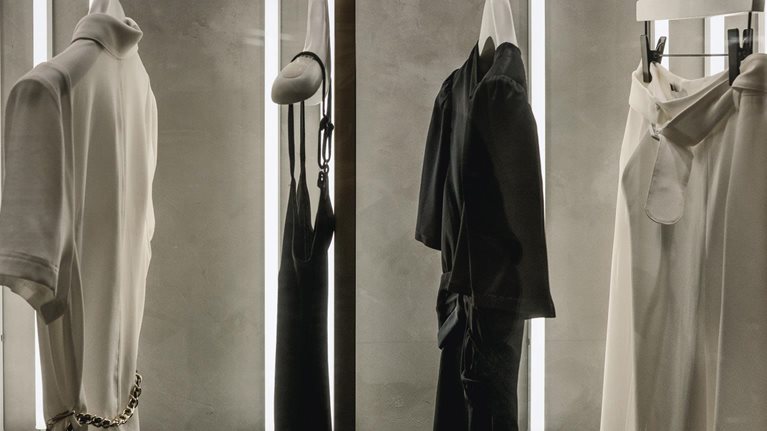Over the past year, the luxury fashion industry has confronted headwinds that have challenged its yearslong growth. To help offset the broader slowdown in the market, top luxury houses have raised prices and courted top clients.
While price increases and a focus on the wealthiest consumers may help buoy revenues in the short term, these strategies may impede growth in the long term if pursued in a vacuum. Instead, luxury fashion businesses should simultaneously focus their efforts on building relationships with aspirational luxury consumers (ALCs)—that is, those who spend a moderate amount on luxury goods—a market segment that is often misunderstood.
Recent interviews with industry leaders and the results of a global consumer survey suggest that although luxury fashion executives believe ALCs are an important consumer segment, their understanding of ALCs may be at odds with how those consumers view the luxury market themselves. Believing myths about ALCs may be a costly mistake, considering that the segment accounts for 18 percent of the total fashion market value—and 50 percent of the luxury market’s value.
In this article, we dispel myths about ALCs and identify five ALC communities to help luxury executives better understand and target these consumers.
To read the full article, download the PDF here.


